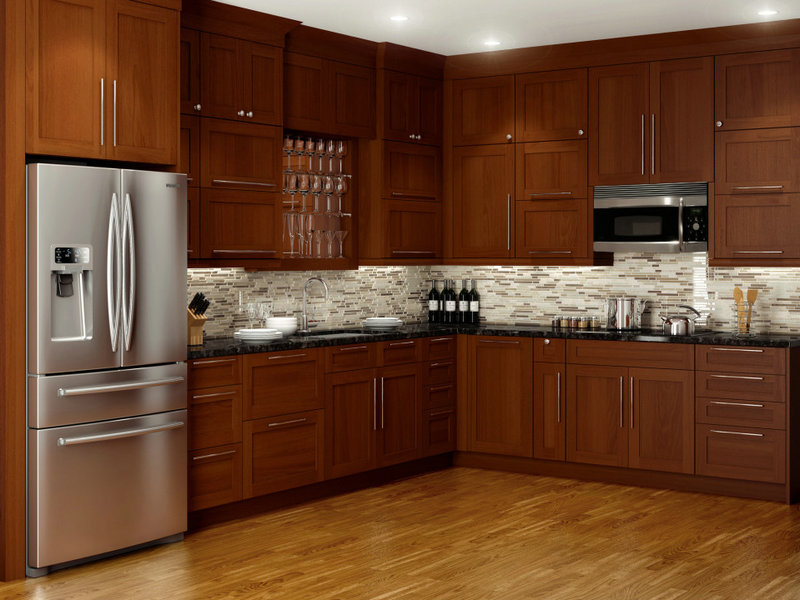How to install insulated metal buildings?
Installing insulated metal buildings typically involves the following steps:

1. Site Preparation: Clear and level the building site, ensuring it is properly graded and free of any debris or obstructions.
2. Foundation Construction: Depending on the size and design of the building, you may need to construct a suitable foundation, such as a concrete slab or pier footings. Consult with a structural engineer or building professional to determine the appropriate foundation for your specific project.
3. Frame Assembly: Erect the structural steel framing for the building, following the manufacturer's instructions and engineering plans. This typically involves assembling columns, rafters, and purlins to create the framework for the building.
4. Panel Installation: Install the insulated metal panels (IMPs) according to the manufacturer's instructions. The panels are typically attached to the structural framing using screws or fasteners. Start from the corner or edge of the building and work your way across, ensuring a secure and tight fit for each panel.
5. Roofing and Flashing: Install the roof panels, followed by any necessary flashing to ensure proper waterproofing and weatherproofing. Pay attention to sealing joints and connections to prevent water infiltration.
6. Doors and Windows: Install any doors, windows, or other openings in the building's walls, following the manufacturer's instructions.
7. Insulation and Vapor Barrier: Install insulation material between the interior and exterior metal panels, as specified by the manufacturer's guidelines

To keep the great effect, we should combine the great installation with high-quality insulated metal panels. Wiskind’s insulated metal panels has got FM CE ISCC+ and CIDB certificates.
To supply a better assistance, Wiskind also took a video to show how we install insulated metal building. If you want to watch it, click here: installation video.




